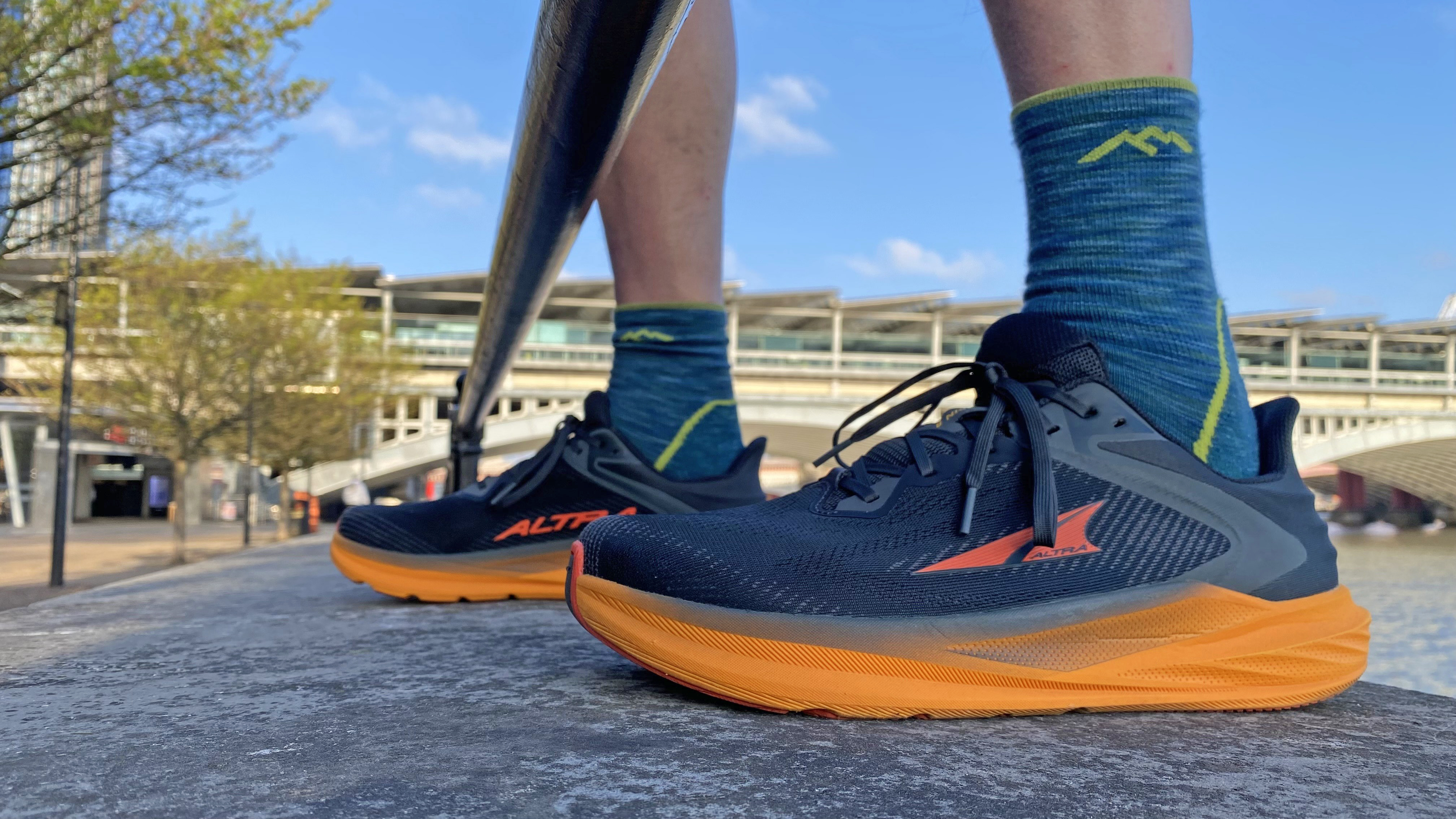From bears to bad decisions: 9 hazards you can’t outrun on a hike
9 hazards you definitely can’t outrun on a hike – and what to do instead
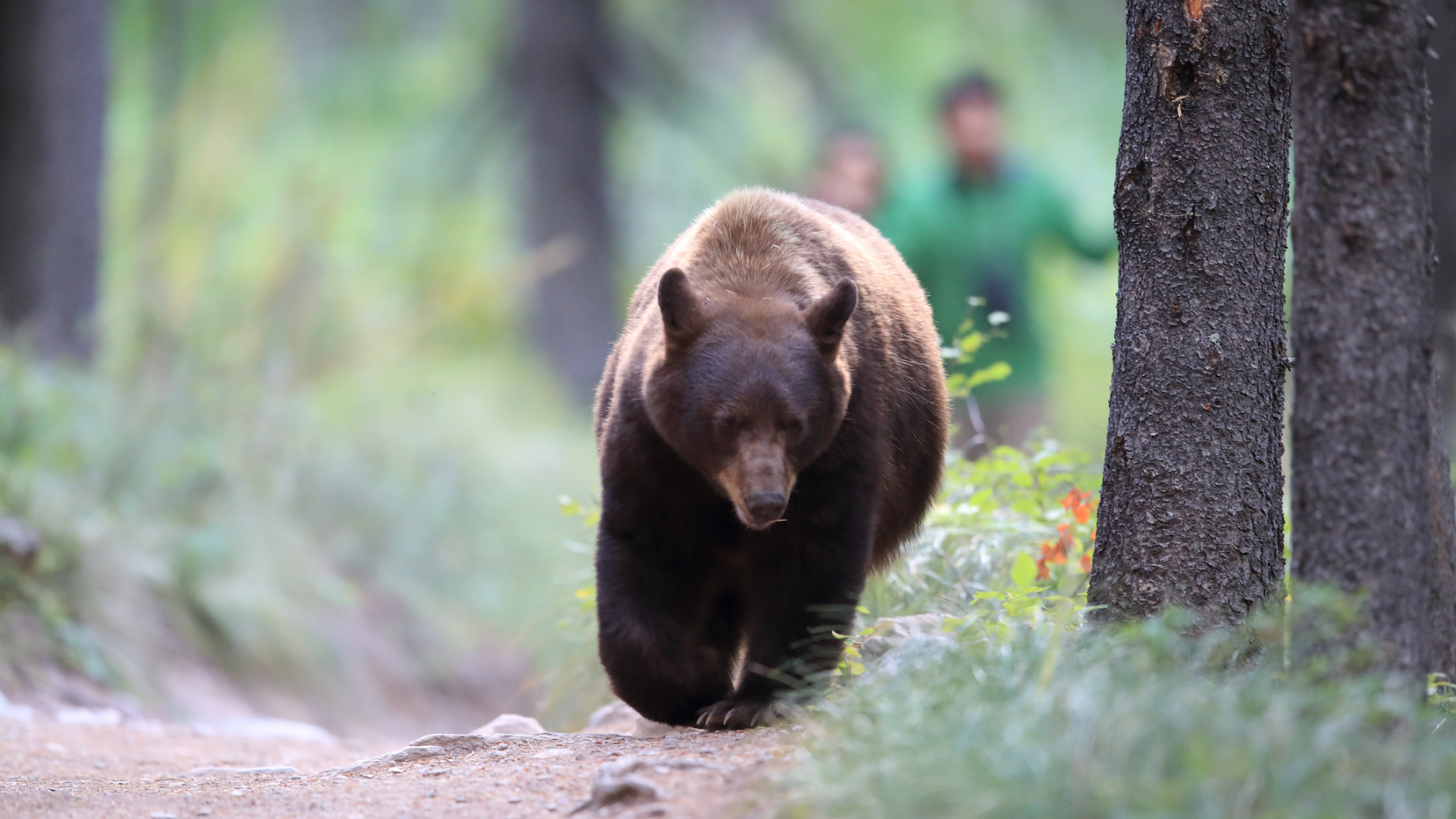
Would you fight back or run for your life? This question has served as the foundation for dozens of conversations I’ve had on the hiking trails over the years.
If a mountain lion crosses the trail in front of you, do you make yourself big in case it pounces or pee your pants and run away? If you’re up on a 14er and your hair starts to stand on end, do you start sprinting downhill or hide under a boulder?
For the record, I have friends who encountered both scenarios, and they both ran (one peed herself). It’s a natural impulse, one many of us have virtually no control over when we’re scared, and many of us deep down like to think that we’re nimble enough to get to safety.
But are you really? After all, bears and avalanches can move at lightning speeds, and those hiking boots might be better built for protection against rocks and rain than moving at a meteoric pace. You can run away from yellowjackets, but a lot of the foes you might encounter on a hike are ones that you really can't outsprint. Read on for nine hazards you can’t outrun on a hike, and what to do instead.
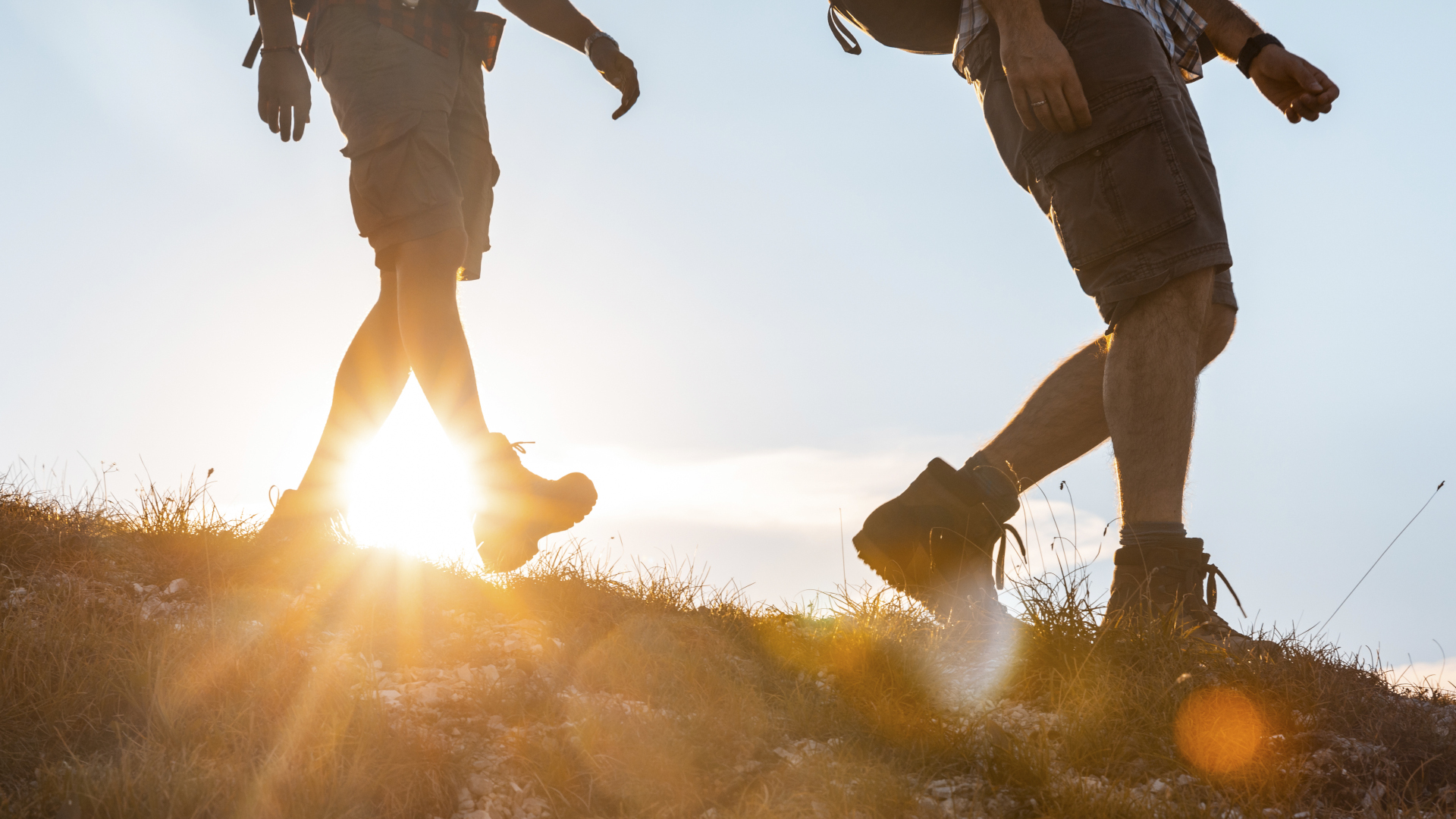
1. Flash floods: nine feet per second
If you’re hiking in the desert, a narrow valley in heavy rain or canyoneering, the number one hazard to be on high alert for is fast-moving water. Flash floods are doubly dangerous, because they can quickly fill smaller cavities, like slot canyons, and also move quickly enough to knock you off your feet, with a standard channel velocity of about nine feet per second, according to Live Science.
Nine feet per second only translates into about six miles per hour, and that rate, you might be thinking to yourself that you actually could outrun a flash flood, but sadly it doesn’t quite work like that. Once you’re at risk from a flash flood, you’ll already be standing in the water and If you do get swept off your feet, you’ll be carried over 500 feet downstream in a minute, and could be a mile away in 10 minutes.
The best way to avoid flash floods is to check the forecast using a reliable weather app before venturing out, speak to a park ranger if you’re in a National Park like Zion where flash flooding occurs frequently and never pitch your tent in a dry river bed. Learn more in our article on what makes flash floods so dangerous.
Advnture Newsletter
All the latest inspiration, tips and guides to help you plan your next Advnture!
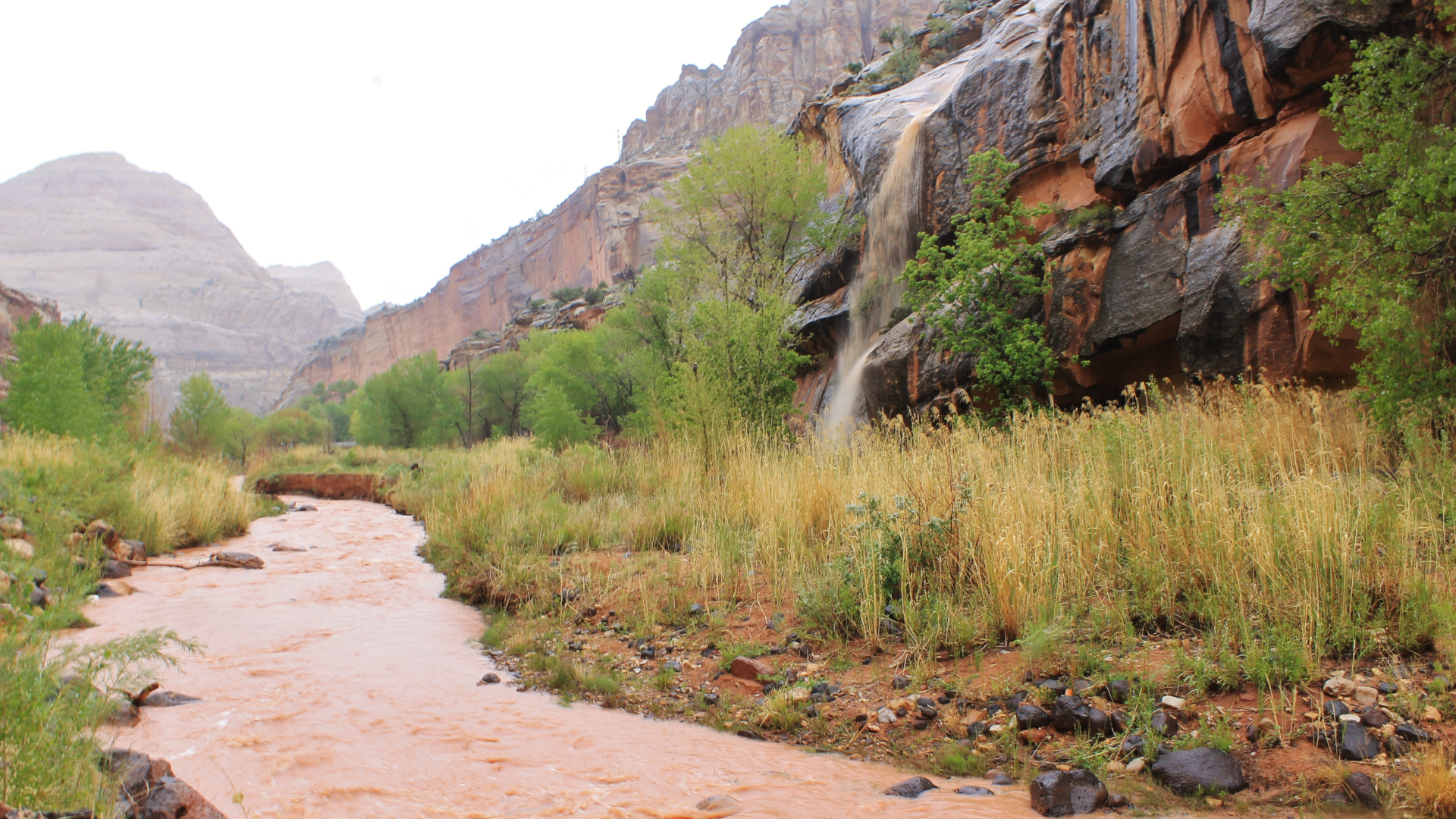
2. Wildfires: 14 miles per hour
Wildfires are becoming more frequent and more devastating and in many areas are becoming a regular threat to hikers, shutting down sections of the Pacific Crest Trail and creating unhealthy air conditions.
Needless to say, you’d never want to intentionally hike near a wildfire and if there’s smoke in the air, you should do your homework before heading out. That said, if you do hike in places like Canada, California and Colorado, it’s not impossible that a wildfire can break out while you’re on the trail. Even if it looks far away to begin with, wildfires can spread at speeds of up to 14 miles per hour, according to the Western Fire Chiefs Association. Now, if you're an avid runner and scared, it's vaguely possible that you could get close to this pace for a short time, but but wildfires can be unpredictable due to the wind, and the terrain you're running on might significantly slow you down, so don't rely on your training to get you out of there alive.
A wildfire will move faster uphill than it will down hill, so if you’re up on or near a high ridge with a fire below you, head down the other side. If it’s above you, moving at a rapid pace downhill actually is a good starting point. That said, the best defense is to practice wildfire safety and check conditions before you go and immediately evacuate the area if you see a fire.
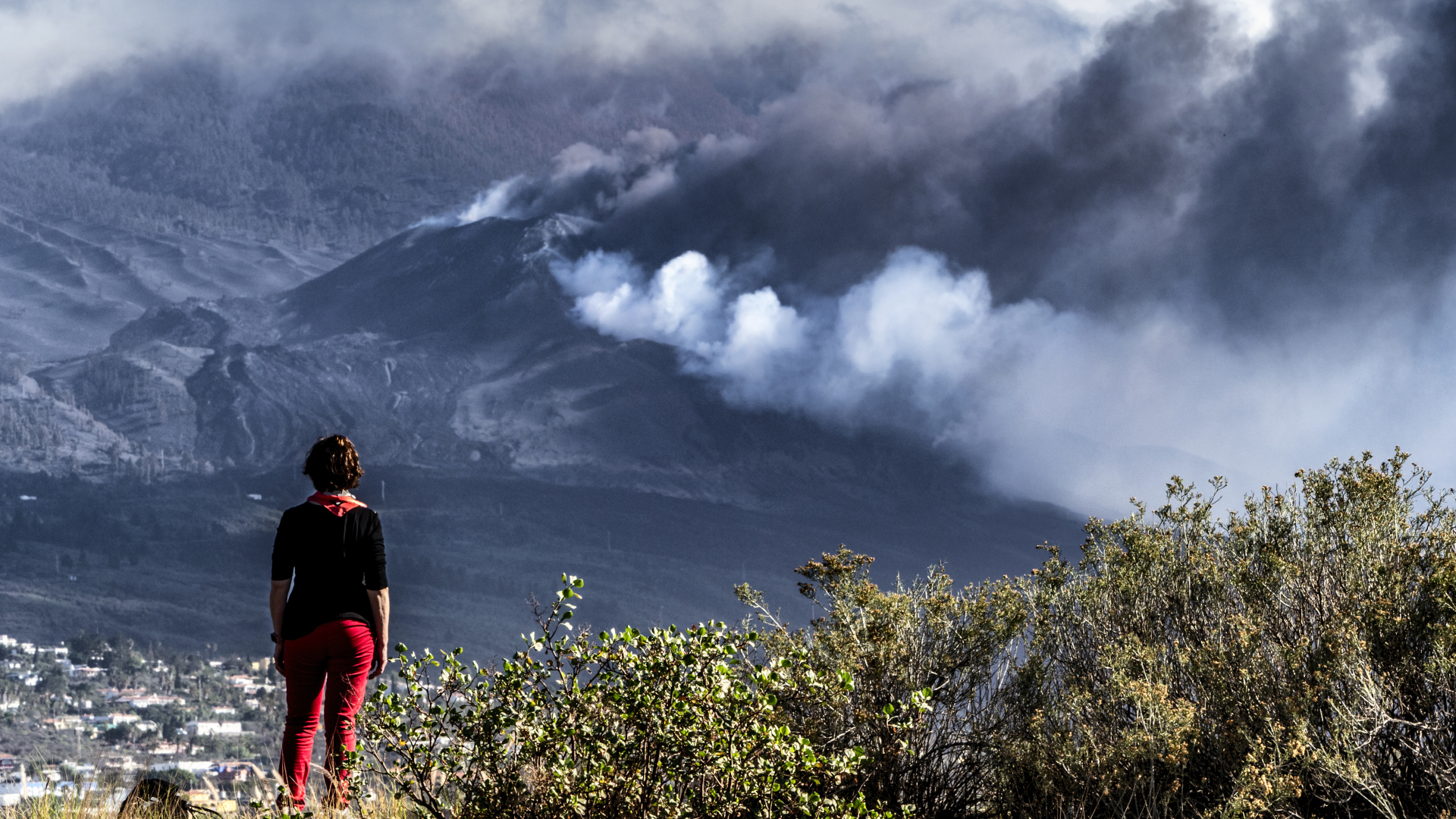
3. Bears: 35 miles per hour
When they’re just ambling down the trail looking for berries, bears definitely look big, cuddly, and decidedly not agile. When a disgruntled mama bear decides to give chase, however, these lumbering beasts can move faster than Usain Bolt.
While black bears are highly unlikely to chase you (they’ll just give you a good swipe with a claw if you’re too close), grizzly bears are known to take off after hikers and pick speeds of up to 35 miles per hour according to the National Parks Service. They can’t sustain these speeds for very long and will soon slow to a languid pace of 30 miles per hour, but don’t rely on all those Cross Fit sessions to get you out of the path of a sprinting grizzly if you’re hiking in Canada, Alaska, Montana, Idaho, Wyoming or Washington.
Carry bear spray, be on full alert (no headphones) and know what to do if you meet a bear. Also remember that grizzlies are not great at climbing trees, so if you are, you might be able to outrun one, vertically speaking.
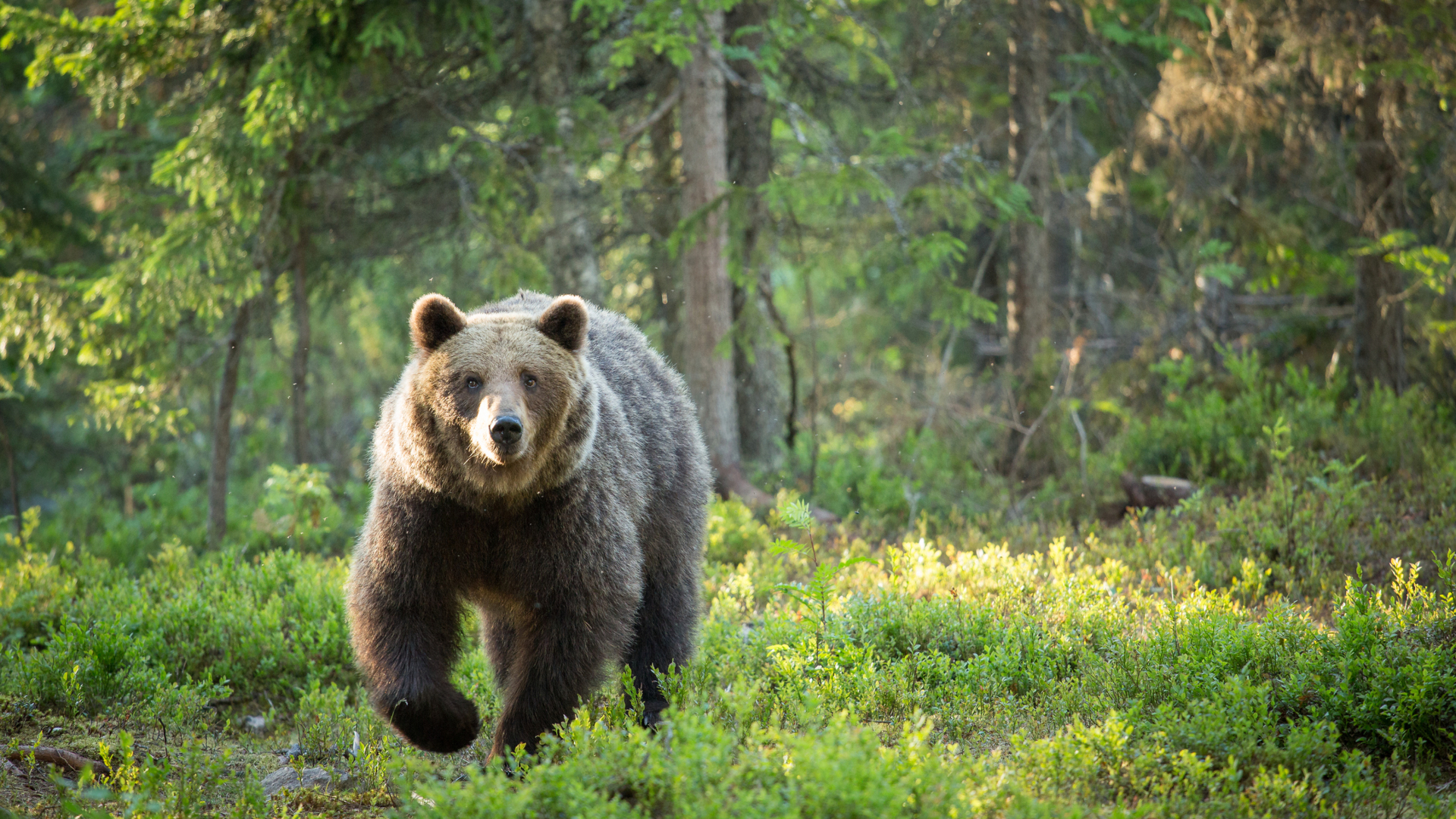
4. Moose: 35 miles per hour
In terms of their nature, moose are far gentler than grizzly bears, but don’t be fooled. When they decide to charge, they can pick up similar speeds topping out at 35 miles per hour on those astonishingly spindly legs.
Moose attacks in Alaska are actually three times more common than grizzly attacks, but that’s owing to the larger numbers of moose, which usually only charge when they feel threatened or cornered. However, attacks are not usually fatal, and unlike bears, they’re not trying eat you. Getting trampled by one certainly wouldn’t be fun though.
If you did happen to find yourself being pursued by a moose along a straight road or open tundra, you couldn’t outrun it no matter how many running gels you’d wolfed down that day, but the goods news is moose are usually found in forested areas and your best defense is to step behind a tree, lie down and play dead using your backpack as a shield. Learn more in our article on what to do if you see a moose while hiking.
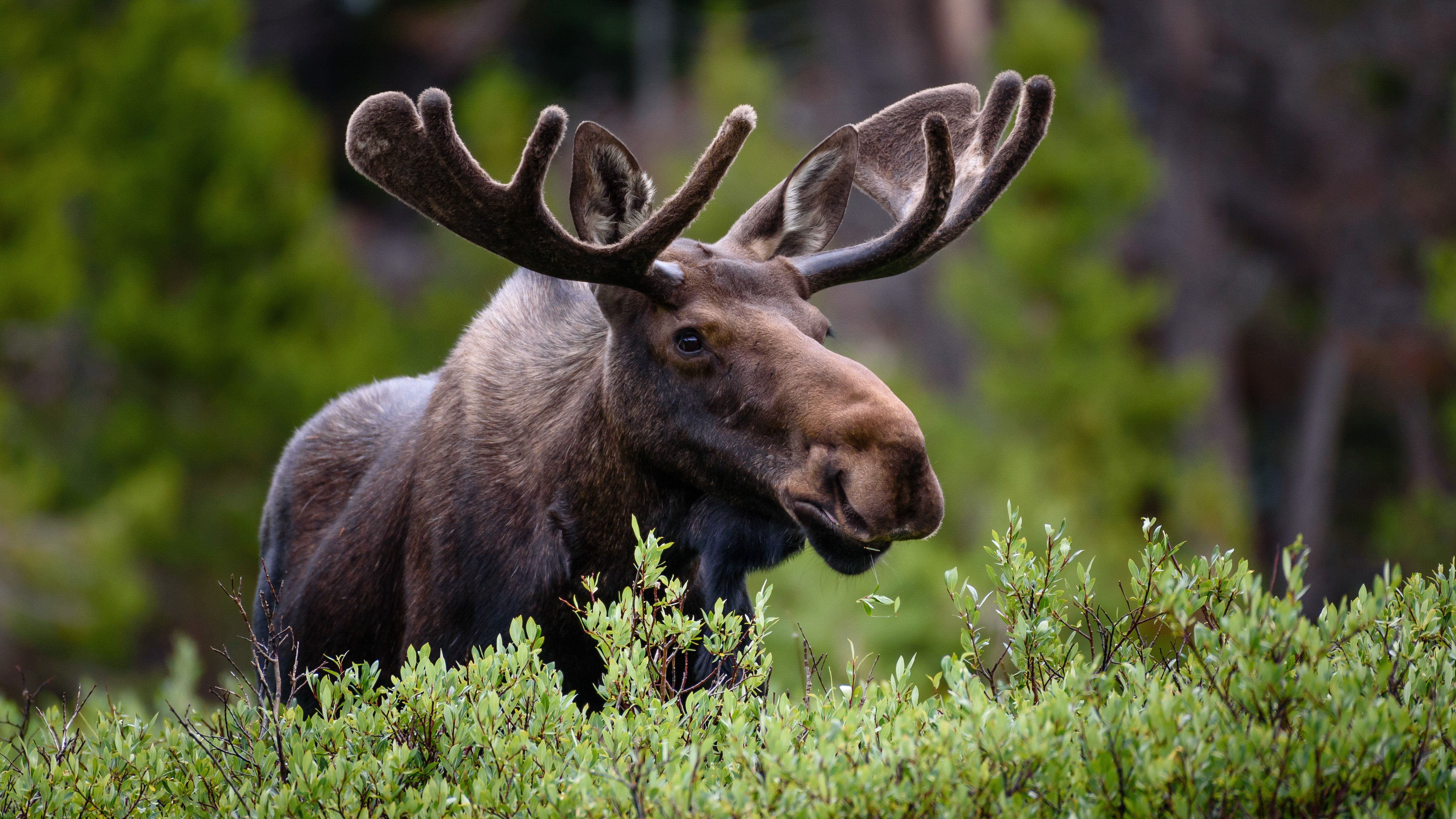
5. Mountain lions: 43 miles per hour
You’re highly unlikely to ever see a mountain lion in the wild. This is in part because they don’t exist in huge numbers, more so because they’re so elusive and particularly so because if they do decide to take a run at you, they’ll have pounced before you even know what’s happening.
These big cats can bolt down the trail at a dizzying pace of over 40 miles per hour, which would earn you a speeding ticket in any urban area. Worse still, then can leap 15 feet up a tree, so climbing up one won’t do you much good.
Your running skills won't save you if you come face to face with a mountain lion, but your trekking poles might. You’ll have to face it, make noise, throw rocks at it and fight back if it attacks. If you’re hiking in mountain lion country, read up on what to do if you meet a mountain lion on the trail, and remember that an encounter is highly unlikely.
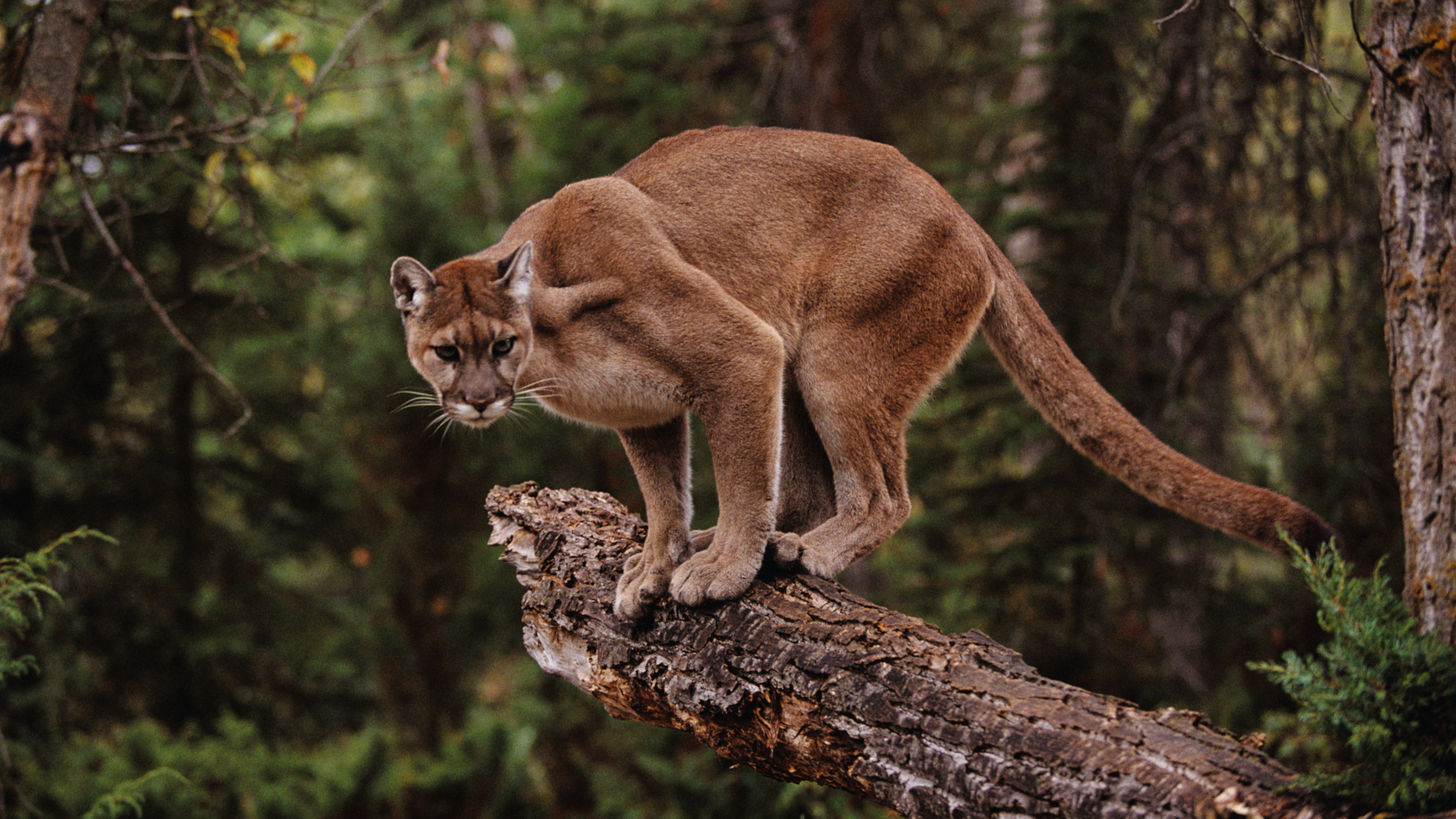
6. Rockslides: 77 miles per hour
Big animals aren’t the only thing that can move quickly. When you combine loose rock with gravity, things can pick up some serious speed.
If you find yourself at the bottom of a slope with a pile of rocks hurtling towards you, don’t turn and start running downhill. When you see a rockslide in the distance, it doesn't look like it’s moving all that fast, but according to Science News for Students, the average speed of a rockslide is 77 miles per hour. At that speed, you could get to New York from Boston in under three hours.
Leaping to the side is a good start, but rocks can bounce so it’s also a good idea to stay on the trail, avoid steep and rocky areas during spring thaw and after heavy rain and keep your eyes peeled for evidence of recent rockslides.
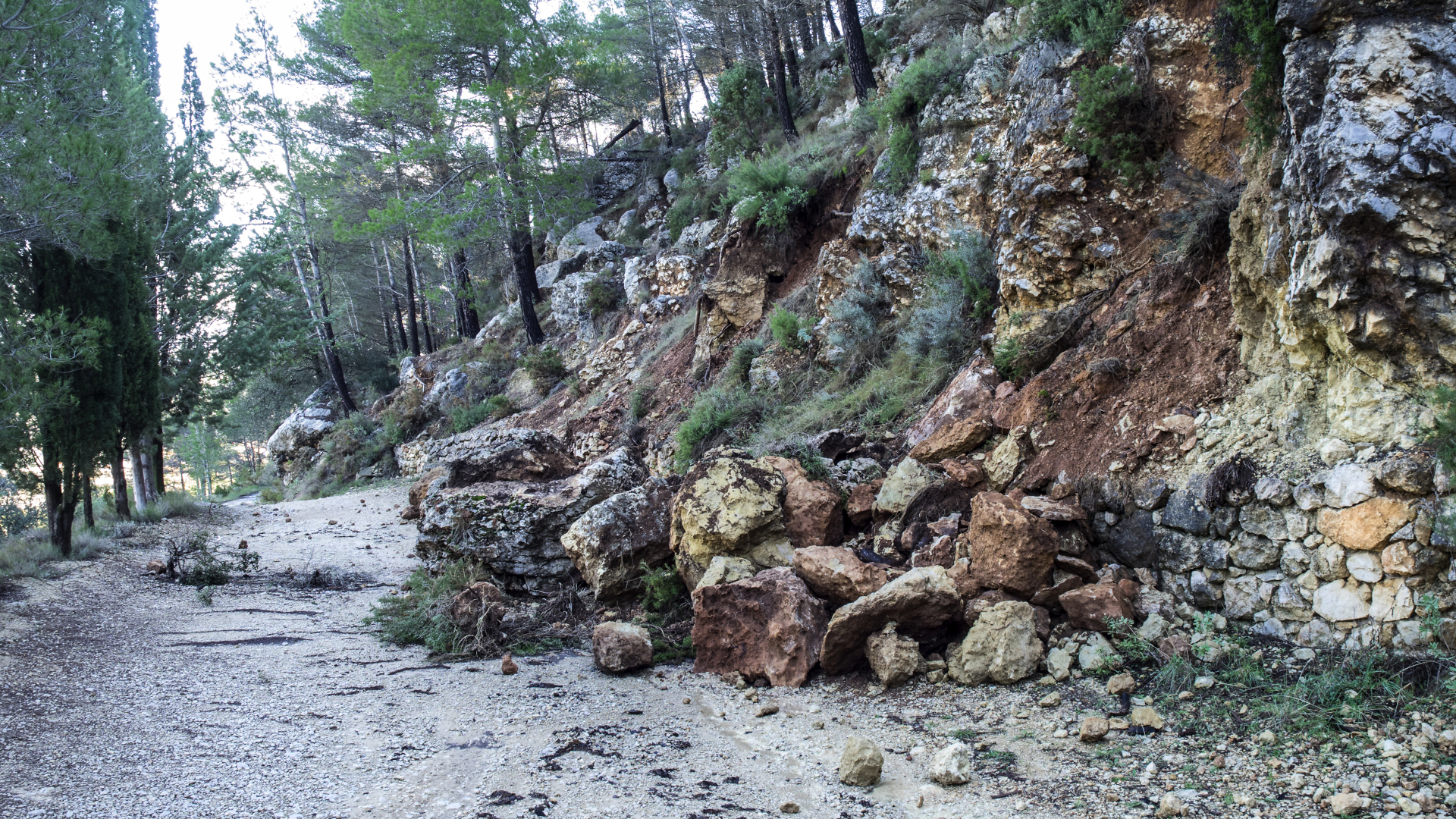
7. Avalanches: 200 miles per hour
In winter, you might breathe a sigh of relief because the bears are hibernating, while encounters with big mammals tend to lessen at very high altitude, but then you’ve got another hazard to contend with and that’s avalanches.
Avalanches can travel at speeds of up to 200 miles per hour and unlike grizzlies, which can’t sprint for long, avalanches can keep sliding for many miles. Avalanches can occur on any slope that is 30 degrees or more and is covered in snow and ice, so any time you’re out in your snowshoes, you should be aware, since there’s nothing slower than trying to run in snowshoes.
For hiking and recreating in avalanche-prone areas, your best approach is to take an avalanche training course. Don’t venture out alone, always carry an avalanche beacon, which may make it easier for rescuers to find you, and consider using a ski backpack with an airbag to help you stay afloat in a slide. Whenever you’re buying new gear, look for gear that comes pre-equipped with a RECCO reflector like the Arc'teryx Beta Lightweight Jacket to help search and rescue too.
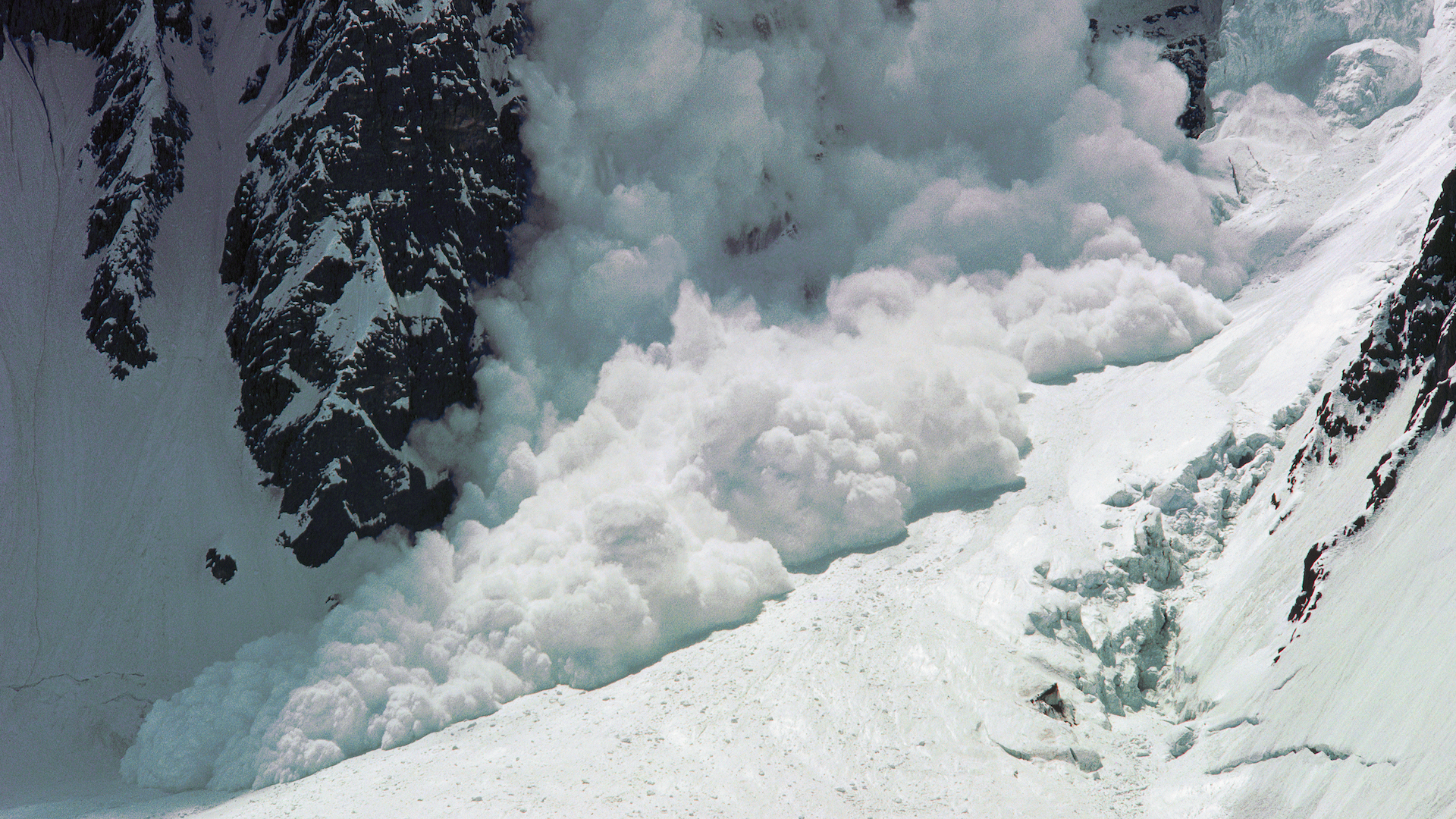
8. Lightning: 270,000 miles per hour
If you thought moose were surprisingly fast, nothing on this list has anything on lightning. According to the Met Office, a lightning strike travels at a brisk 270,000 miles per hour. At that speed, you could get to the moon in under an hour, so you won’t be able to outrun this even if you’ve switched out your hiking boots for a light pair of trail running shoes.
Lightning strikes tend to occur above treeline in the afternoon, so besides checking the weather forecast before you go, a good rule of thumb is to plan to be back below treeline by noon. The weather, however, isn’t that predictable, so if you find yourself in the wrong place at the wrong time, ditch the metal trekking poles, seek shelter and curl up into a ball rather than breaking into a sprint. Read more in our article on how to not be struck by lightning.
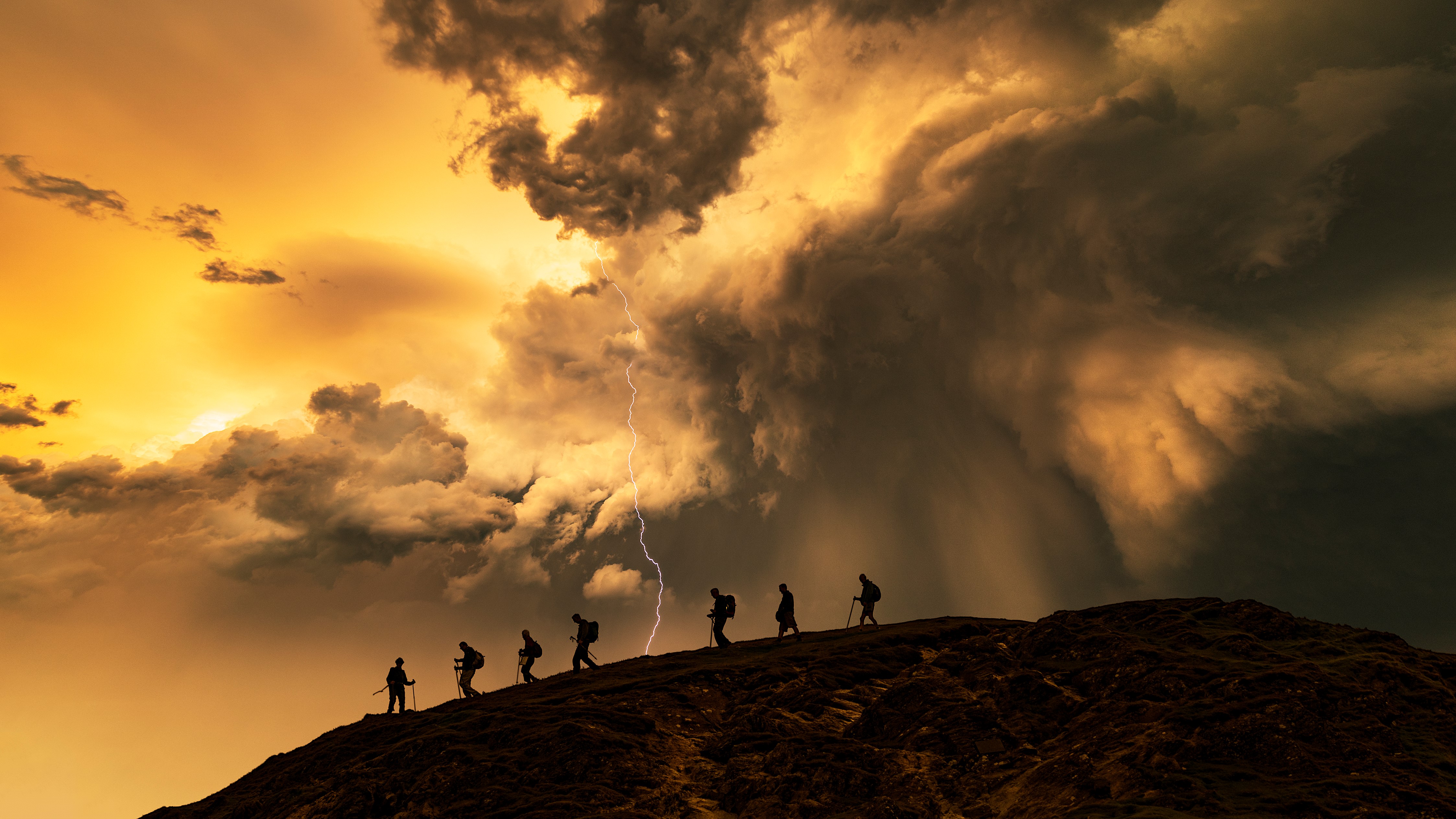
9. Bad decisions
What speed do bad decisions move at? It all depends on whether you’ve left the house without a map and compass and realized five minutes before sunset that you’re lost, or decided to take a short cut and sprained your ankle. Either way, running away isn’t usually the solution, so when it comes to hiking hazards, your best bet is to practice proper hiking safety all times:
- Check the weather
- Tell someone where you are going
- Bring a map and compass
- Dress in hiking layers
- Carry a water bottle
- Pack a first aid kit
- Leave early
- Know your limits
- Carry a two-way satellite messenger
Julia Clarke is a staff writer for Advnture.com and the author of the book Restorative Yoga for Beginners. She loves to explore mountains on foot, bike, skis and belay and then recover on the the yoga mat. Julia graduated with a degree in journalism in 2004 and spent eight years working as a radio presenter in Kansas City, Vermont, Boston and New York City before discovering the joys of the Rocky Mountains. She then detoured west to Colorado and enjoyed 11 years teaching yoga in Vail before returning to her hometown of Glasgow, Scotland in 2020 to focus on family and writing.

